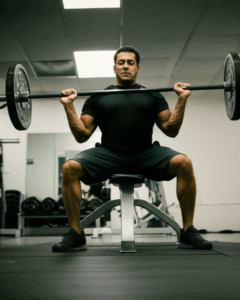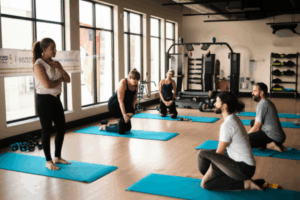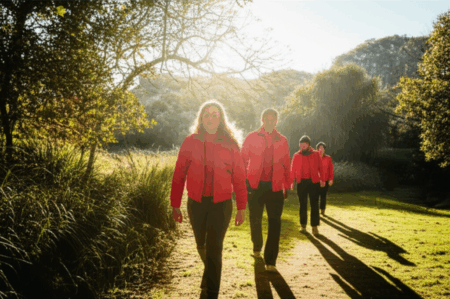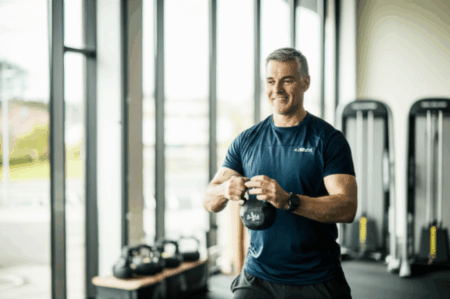Embarking on a fitness journey can feel overwhelming, especially with the abundance of complex routines and expert advice available. However, the most effective way to begin is often the simplest. By focusing on fundamental movements and building a consistent habit, you can lay a strong foundation for long-term health and well-being without feeling intimidated.

Why Simple is Smart: Benefits of a Beginner-Friendly Approach
Starting with a straightforward workout routine offers numerous advantages, particularly for those new to exercise:
Reduces Intimidation and Overwhelm
Complex routines with specialized equipment or advanced moves can be daunting. A simple routine removes this barrier, making exercise feel more accessible and achievable.
Builds Consistency
Consistency is the cornerstone of any successful fitness regimen. Simple routines are easier to stick to, helping you establish a regular exercise habit without burning out too quickly. Even small amounts of physical activity are beneficial, and consistency is key.
Minimizes Risk of Injury
Beginners are more prone to injury if they jump into high-intensity or technically challenging exercises without proper form or conditioning. Simple exercises, often bodyweight-based, allow you to master movement patterns safely. It’s crucial to listen to your body and not push too hard, especially at the beginning.
Promotes Holistic Health
Regular physical activity, even at a moderate intensity, offers a wide array of health benefits. These include weight management, combating various health conditions like heart disease and type 2 diabetes, improving mood, boosting energy levels, and strengthening bones and muscles. Exercise can also improve muscle strength, endurance, and flexibility.
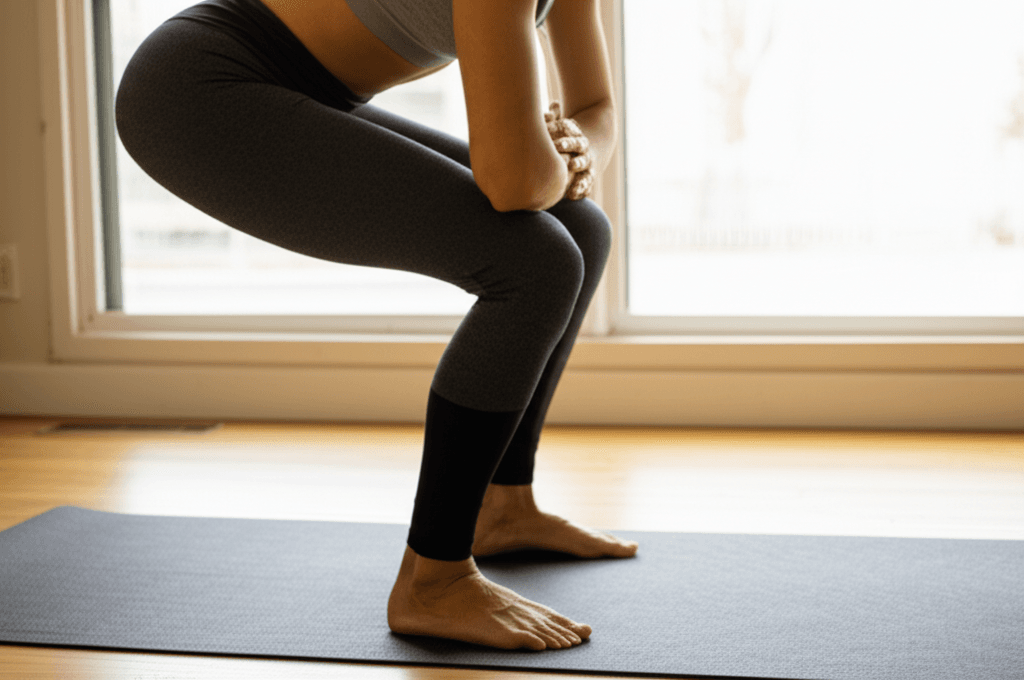
Laying the Foundation: Essential Steps for Beginners
Before diving into specific exercises, consider these foundational steps:
Consult Your Doctor
If you have a chronic condition, are over 40, or haven’t been active recently, it’s essential to speak with a healthcare professional before starting a new exercise routine. This can help identify any potential health problems or conditions that could put you at risk for injury.
Set Realistic Goals
Start with attainable steps and goals. Instead of aiming for an hour-long, high-intensity workout daily, begin with shorter, manageable sessions and gradually increase duration and intensity as your fitness improves.
Prioritize Warm-up and Cool-down
Always begin your workout with a dynamic warm-up to prepare your muscles and reduce injury risk. A brisk 5-minute walk, leg swings, or ankle rotations can help. Conclude your session with a cool-down, such as a gentle walk, and stretching to improve flexibility and aid muscle recovery.
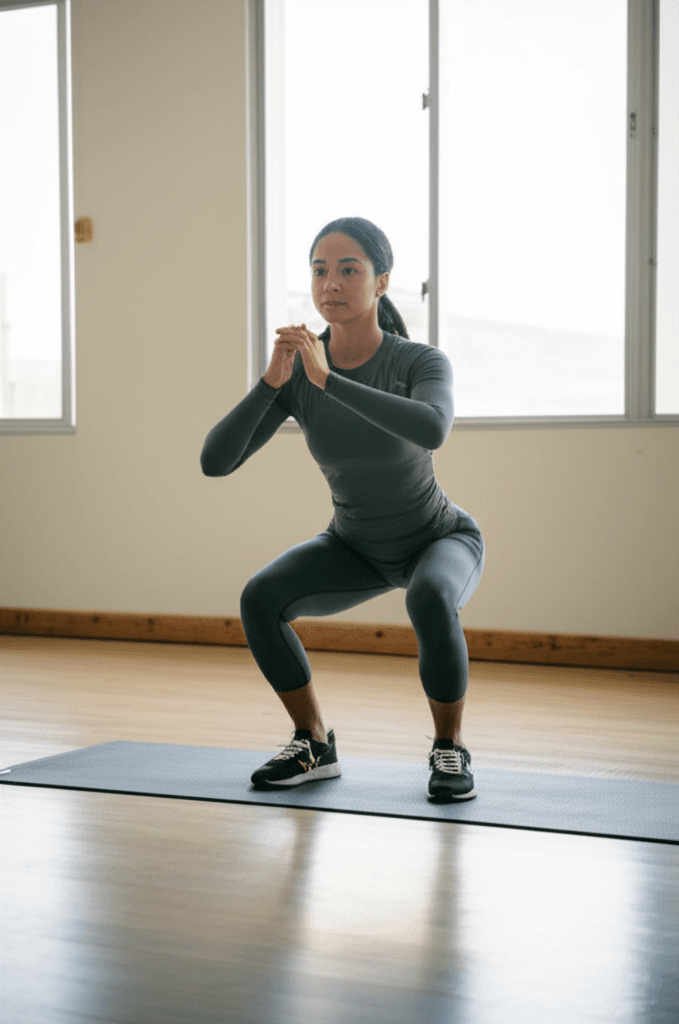
Simple, Effective Exercises to Get Started
You don’t need fancy equipment or a gym membership to start. Many effective exercises utilize your own body weight and can be done anywhere. Aim for a mix of cardio and strength training.
Cardio for Beginners
Cardiovascular exercises improve heart health and burn calories.
- Brisk Walking: A fantastic low-impact option that can be done daily. Aim for 20-25 minutes.
- Light Jogging: Once walking feels comfortable, incorporate short bursts of jogging.
- Cycling: Whether on a stationary bike or outdoors, cycling is joint-friendly and builds endurance.
- Stair Climbing: Taking the stairs instead of an elevator is a simple way to incorporate more activity into your day.
Strength Training with Bodyweight
Strength training builds muscle, improves bone density, and enhances overall functional strength. Perform 2-3 sets of 10-15 repetitions for each exercise, resting 30-60 seconds between exercises.
- Squats (Chair or Bodyweight): This functional exercise strengthens your glutes, quadriceps, and hamstrings, mimicking everyday movements like sitting and standing. Begin by using a chair for support.
- How to: Stand with feet shoulder-width apart, toes slightly out. Hinge at your hips and bend your knees as if sitting into a chair, keeping your chest lifted. Lower until your bottom touches the chair or your thighs are parallel to the floor, then push through your heels to return to standing.
- Push-ups (Wall, Elevated, or Knee): Develops upper body and core strength. Start with wall push-ups, then progress to elevated (hands on a counter or bench), and finally on your knees or toes.
- How to (Knee Push-up): Start on your hands and knees, hands slightly wider than shoulder-width. Lower your chest towards the floor, keeping your core tight and back straight. Push back up to the starting position.
- Plank (Knee or Forearm): An excellent exercise for core stability, engaging your deep core muscles, glutes, shoulders, and back.
- How to (Forearm Plank): Lie face down. Place forearms on the floor, elbows directly under shoulders. Lift your body, supporting yourself on forearms and toes (or knees for an easier variation), forming a straight line from head to heels. Hold this position. Start with 20-30 seconds, working up to 60 seconds.
- Glute Bridge: Activates your glutes and posterior chain.
- How to: Lie on your back, knees bent, feet flat on the floor, arms by your sides. Squeeze your glutes and lift your hips off the ground until your body forms a straight line from shoulders to knees. Slowly lower back down.
- Lunges (Stationary or Reverse): Works each leg individually, improving balance and lower body strength.
- How to (Stationary Lunge): Step one leg forward, bending both knees to 90 degrees. Ensure your front knee is over your ankle and your back knee hovers above the ground. Push off your front foot to return to the start. Repeat on the other side.
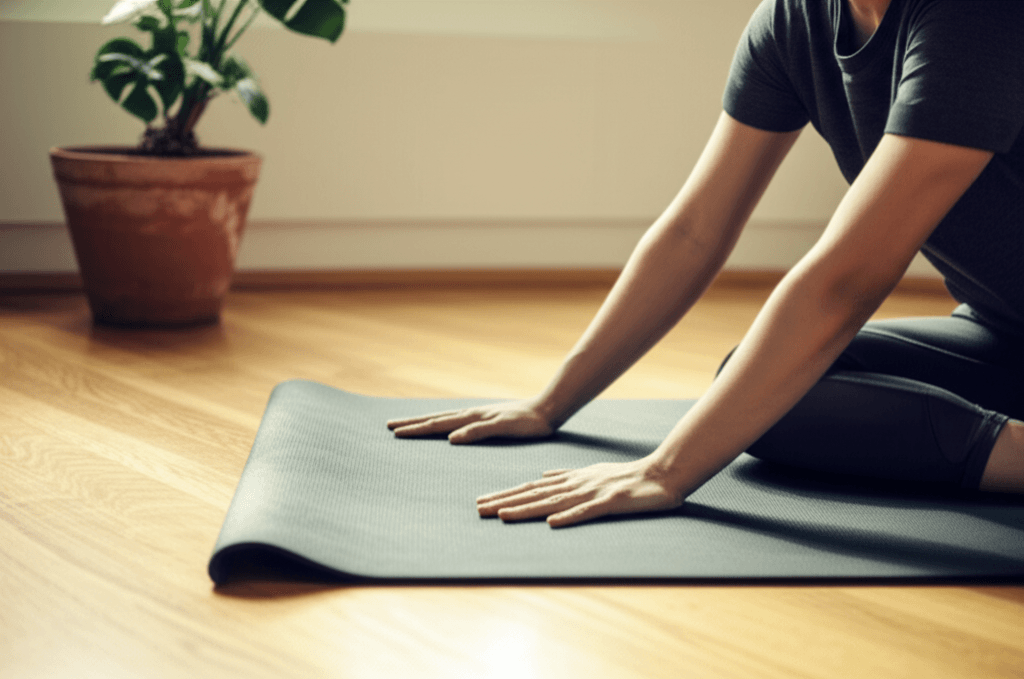
Common Mistakes to Avoid When Starting Out
Even with simple routines, beginners can fall into common traps:
- Doing too much, too soon: Resist the urge to overdo it. Gradually increase the frequency, intensity, and duration of your workouts as you get stronger.
- Ignoring your body’s signals: Pain is a sign to stop and rest, not push through. Listen to your body and adjust as needed.
- Skipping warm-ups and cool-downs: These are vital for injury prevention and recovery.
- Forgetting consistency: It’s not about perfect workouts every day, but about showing up regularly. Even short bursts of activity add up.
- Comparing yourself to others: Everyone’s fitness journey is unique. Focus on your progress, not someone else’s.
- Ignoring proper form: Incorrect form can lead to injury. Focus on mastering the movement before increasing repetitions or intensity.

Staying Consistent and Motivated
Building a lasting workout habit requires more than just knowing what exercises to do.
Schedule Your Workouts
Treat your workout time like any other important appointment. A Monday, Wednesday, Friday routine works well for many, allowing rest days between strength sessions.
Find Activities You Enjoy
Physical activity doesn’t have to be a chore. Choose activities you genuinely enjoy, whether it’s dancing, hiking, or swimming.
Track Your Progress
Seeing how far you’ve come can be a powerful motivator. Keep a simple log of your workouts, noting reps, sets, or duration.
Be Patient and Persistent
Fitness is a long-term investment. Results take time, and there will be days you don’t feel motivated. Remind yourself of your goals and the incremental deposits you’re making into your health.
Starting a workout routine doesn’t need to be complicated. By embracing simplicity, focusing on fundamental movements, and committing to consistency, you can successfully begin your fitness journey and reap the numerous benefits of an active lifestyle.


